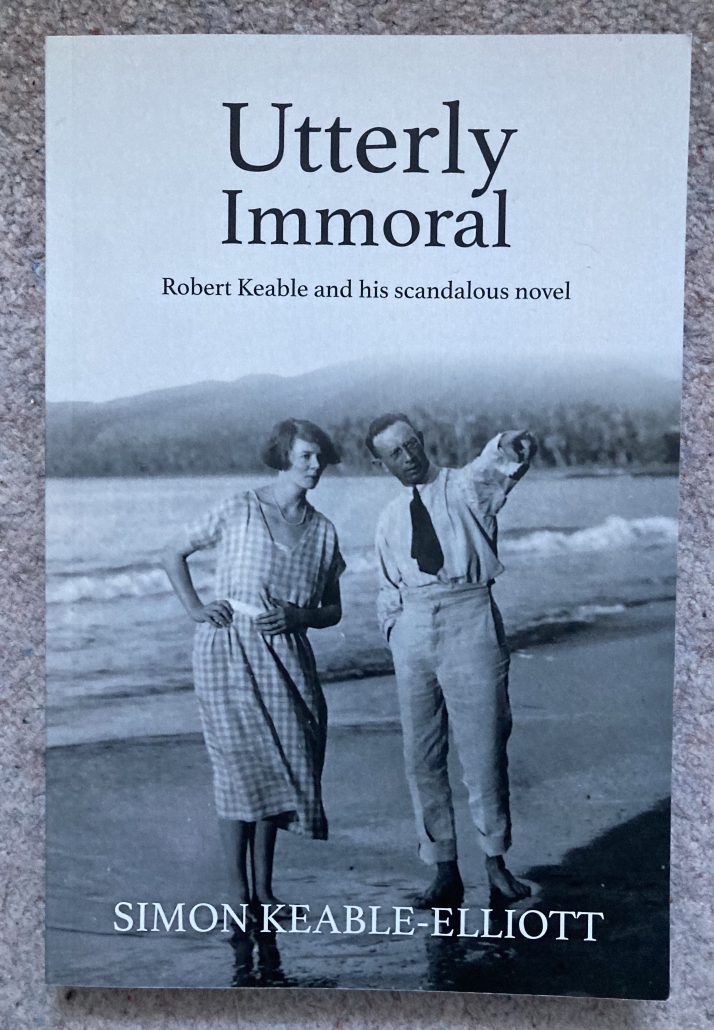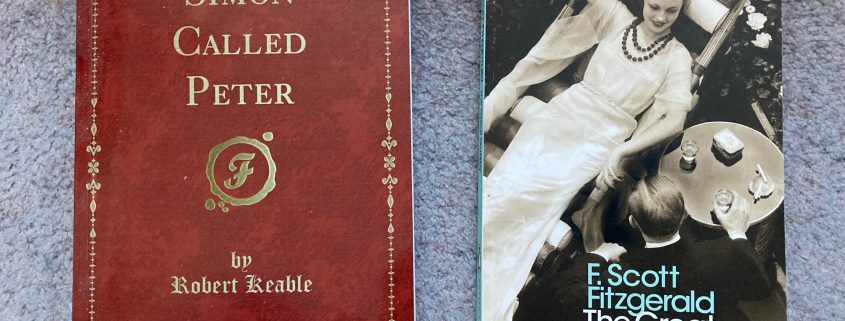How a forgotten racy novel eclipsed The Great Gatsby
F.Scott Fitzgerald’s The Great Gatsby , published in April 1925, is widely regarded as a literary masterpiece and a classic example of the Great American Novel. By 2020 it was thought to have sold nearly 30 million copies worldwide, and 500,000 annually. Through the eyes of narrator Nick Carraway it tells the story of mysterious millionaire Gatsby who throws extravagant Jazz Age parties at his Long Island mansion, while pursuing his obsessive love for the married Daisy Buchanan.
The novel’s huge reputation, however, was established long after Fitzgerald’s death aged 44 in 1940. By October 1925 it had sold fewer than 20,000 copies, and to his great disappointment as an already popular author, made him only $2000. In contrast, British author Robert Keable’s Simon Called Peter, published in September 1921, was into its 77th printing by March 1923, and thought to have sold over 600,000 copies in the 1920s. This told the story of Army chaplain Peter Graham’s wartime affair in France with nurse Julie, and how he wrestled with his conscience and almost repudiated his religious belief.
The semi-autobiographical depiction of the seamier side of the soldier’s experience in France was too much for many contemporaries. Many early reviews were hostile. Not only is the theme unpleasant but its working out is infinitely nasty … If Mr Keable has not written an actually immoral book he has certainly produced a very offensive one trumpeted The Guardian. There is no reason why the book should not be very popular, but we think Mr Keable will live to wish he had burnt it harrumphed The Observer. Fitzgerald denounced the book as “utterly immoral”, and had Nick Carraway say: I sat down discreetly in the living room and read a chapter of Simon Called Peter – either it was terrible stuff or the whisky distorted things, because it didn’t make any sense to me.
Robert Keable’s fame on both sides of the Atlantic was relatively short-lived, and perhaps not that welcome. He emigrated to the South Pacific in 1922 with the nurse, Jolie Buck, whom he had met in France while serving as a chaplain to black South African labourers, and deploring the discriminatory practices to which the labourers were subjected. He died in Tahiti in 1927 aged 40. Jolie predeceased him in 1924, shortly after giving birth to a son. His grandson, Simon Keable-Elliott, has done sterling work in rediscovering both Robert’s “scandalous novel” and his diverse career, telling his story with wit and humour at Gold Hill Museum on Tuesday 07 January at 2.30p.m.




